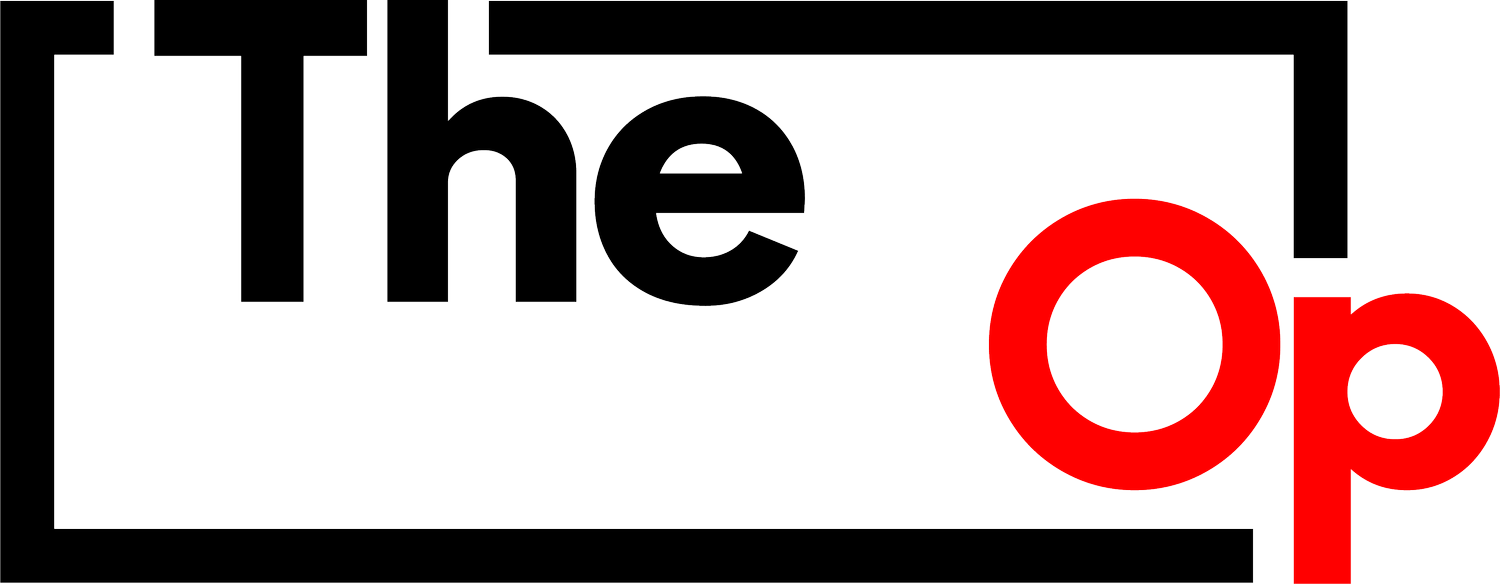Quick Tip: Backwards Engineering
Once you get confident in what you are doing, backwards engineering is going to be your friend and what you do every single day. Now, when I say backwards engineering, I don't necessarily mean to start at the end of the shot and work backwards, but, rather, start at the hardest point of the shot and figure everything else out from there. You will find that this often determines the method of how you do a shot, and you will work everything else out around that.
Yesterday, I was working on a small second unit and the director wanted a dolly move that panned around a room almost 300 degrees. We had a very small dolly, so I had to figure out how to operate the shot, because we didn’t have a remote head, which would have been ideal. I walked through the shot a few times, found the toughest part, and situated my body on the dolly so that I was in the best position. Then, we moved through the shot and I slowly adjusted so I could get my body twisted to make the beginning of the shot and the end of the shot work, while still keeping my body in the best position for the hardest part of the move that I had to make. Had I not backwards engineered it like that, I would have never been able to figure out how to get the shot done.
Same thing goes for laying track, working out handheld rigs, and so much more. What’s the hardest part of the shot - physically, dynamically, hitting a tough frame - and how can you set yourself up for success for that portion of the shot while still executing the rest of the shot well? Some shots are simple and will not require this, but when there is a tough one in front of you, figuring out things this way will always help. Same goes for what tools to use. Sometimes there is a tool – Steadicam, gimbal, dolly, remote head (which is perfect for everything)–and sometimes there is give and take. In those instances, backwards engineering is the single best way to set yourself up for success.

